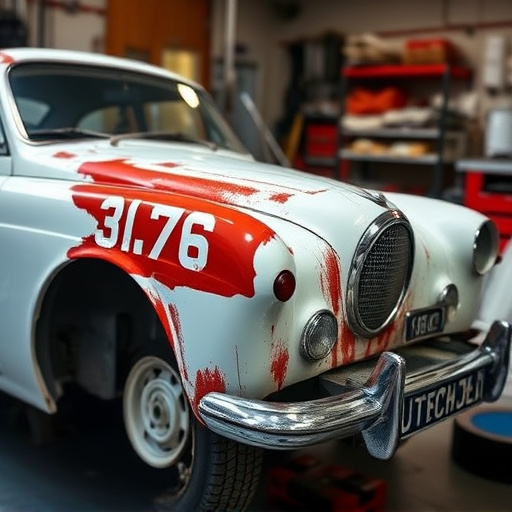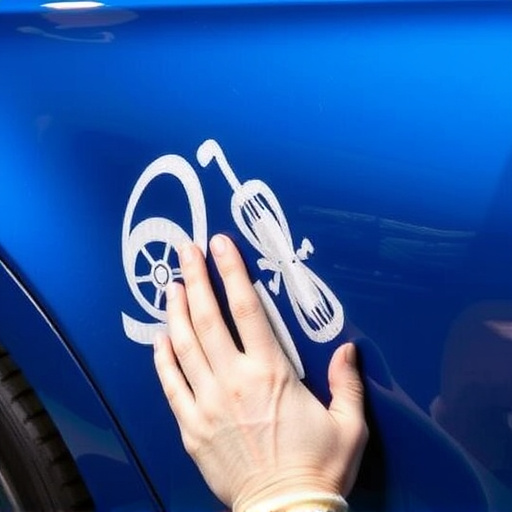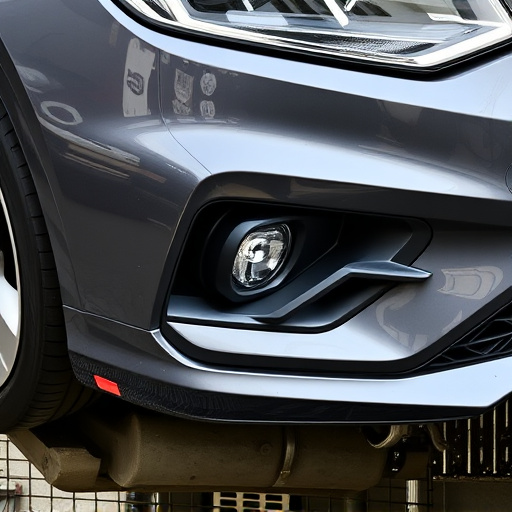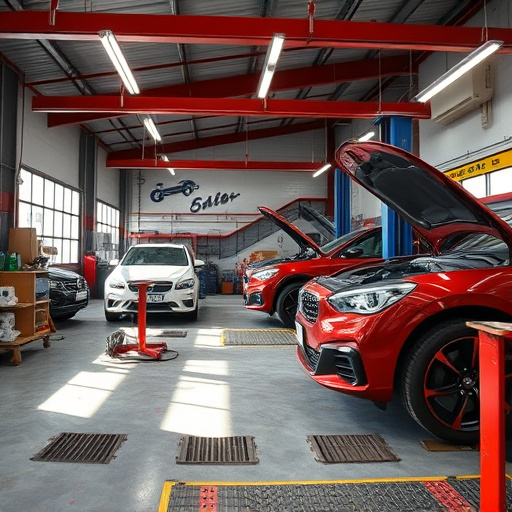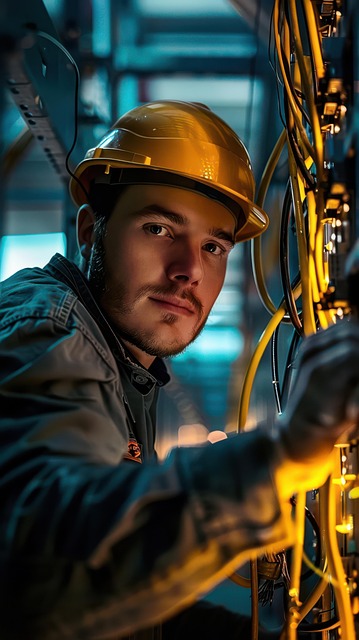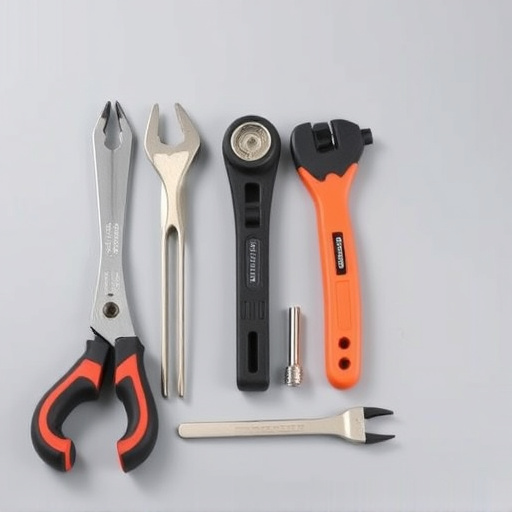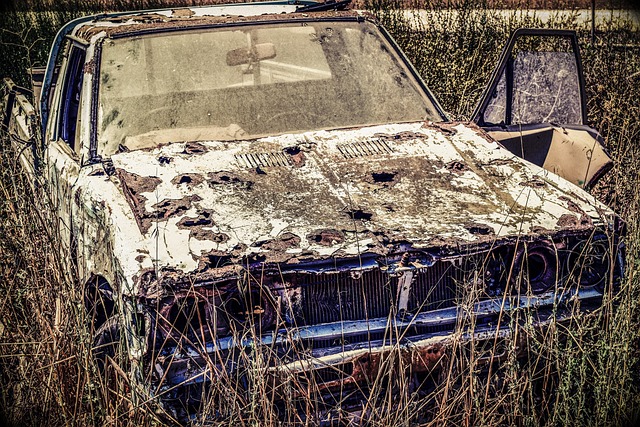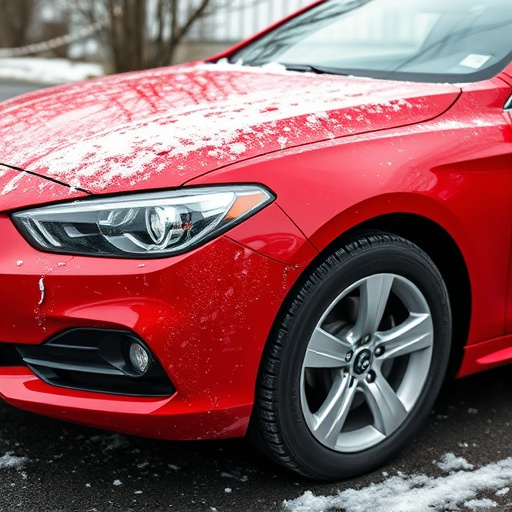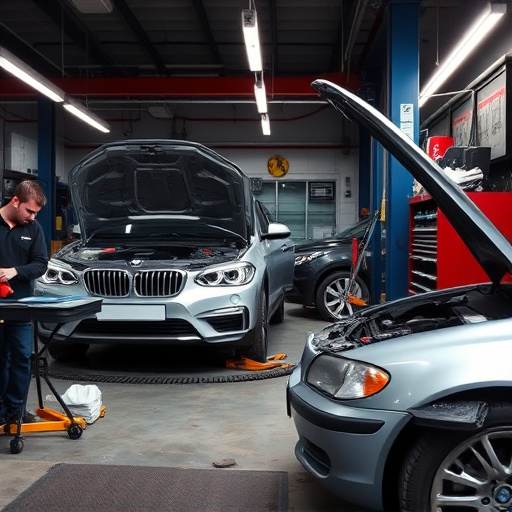PDR techniques, driven by technology like sensors, digital imaging, and AI, offer high-quality, cost-effective car repairs, ensuring their relevance in 2025+. Skilled technicians remain crucial for precision and detail, fostering human connections. As the automotive industry shifts towards sustainability, PDR's eco-friendly benefits—preserving vehicle lifespan and reducing new production needs—make it a key player in the future of auto repair.
In an era dominated by advanced technologies, one practice remains steadfast: Professional Detailing & Repairs (PDR). As we approach 2025, PDR techniques continue to be essential in the automotive industry. This article explores how PDR is adapting to technological advancements while preserving the human touch in personalized care. We delve into its role in the future of auto repair, focusing on longevity and sustainability. Discover why these time-honored methods remain vital for years to come.
- PDR Techniques: Adapting to Technological Advancements
- The Human Touch: Why Personalized Care Persists
- Future of Auto Repair: Longevity and Sustainability
PDR Techniques: Adapting to Technological Advancements
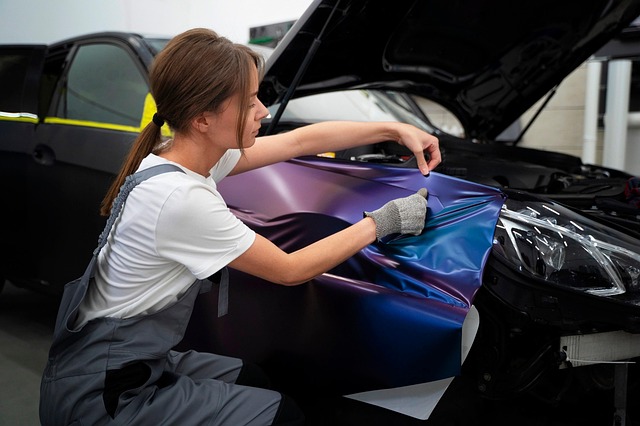
As technology continues to evolve, PDR (Paintless Dent Repair) techniques have also seen significant advancements, ensuring their relevance in 2025 and beyond. The traditional method of repairing dents without painting has adapted to incorporate modern tools and equipment, making it faster and more efficient than ever before. For instance, the introduction of advanced sensors and precision instruments allows PDR technicians to accurately assess and correct even the most intricate dents, much to the satisfaction of customers at auto collision centers and car body shops.
These technological advancements have not only improved the quality of PDR services but also made them more accessible. Modern vehicle repair services now utilize digital imaging and 3D scanning technology to create detailed models of damaged vehicles, enabling technicians to plan repairs with precision. This level of innovation ensures that PDR techniques will continue to be a preferred choice for car body shops aiming to provide quick, cost-effective, and high-quality solutions to their clients, keeping up with the ever-changing demands of the automotive industry.
The Human Touch: Why Personalized Care Persists

Despite the digital revolution and advancements in technology, the human touch remains an indispensable element in the automotive industry, particularly when it comes to PDR techniques (dent removal and hail damage repair). While some may argue that automated systems and AI-driven solutions are the future, the art of personalized care and skilled craftsmanship is here to stay.
In a bustling car body shop, where time is of the essence, human expertise ensures precision and attention to detail that machines might struggle to match. Skilled technicians understand the nuances of different materials and finishes, allowing them to tailor their approach for each unique repair scenario. This personalized care not only guarantees top-quality results but also builds trust between the repairer and the vehicle owner, fostering a relationship based on genuine human connection and mutual respect.
Future of Auto Repair: Longevity and Sustainability
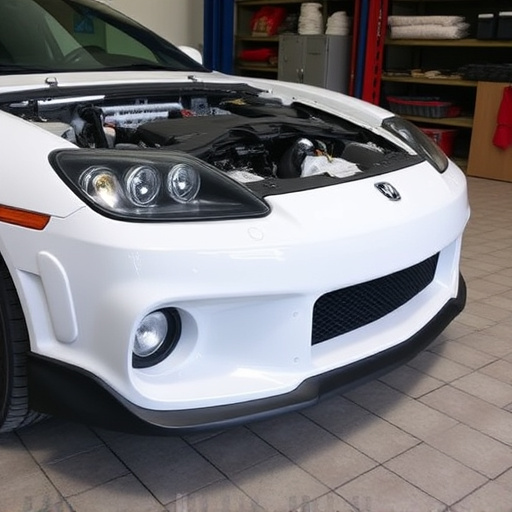
As we move into 2025 and beyond, the future of auto repair is shaped by a growing focus on longevity and sustainability. Traditional methods like PDR techniques (Vehicle Body Repair) are not only relevant but also vital in this evolving landscape. The demand for eco-friendly practices and extended vehicle lifespans pushes the industry towards innovative solutions that minimize waste and reduce environmental impact, without compromising quality or safety standards.
PDR techniques stand out as a sustainable approach to car collision repair (Auto Body Repair), allowing for significant cost savings while promoting circular economy principles. By preserving structural integrity and restoring vehicles to their pre-accident condition, PDR extends the lifespan of vehicles on the road, thereby reducing demand for new car production and its associated environmental footprint.
Despite the rapid pace of technological advancement, PDR techniques remain indispensable in 2025 and beyond. As the auto industry evolves towards longer-lasting, more sustainable models, the human touch in personalized care continues to be a differentiating factor. By combining traditional PDR skills with modern technology, professionals can ensure that vehicles not only look new but also contribute to a greener future. Embracing these adaptable techniques ensures auto repair services remain relevant and valuable for years to come.

